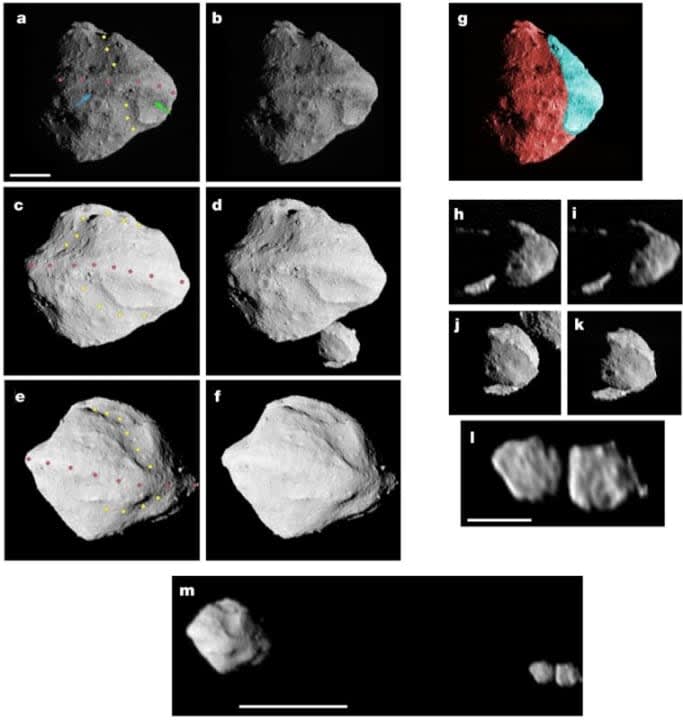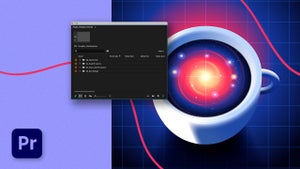News
NASA can’t believe it: this asteroid not only has its own moon, but it is also “conjoined”
The discovery undermines all scientific theories about the formation of asteroids.

- May 31, 2024
- Updated: July 1, 2025 at 11:23 PM

In a rather unexpected discovery, the NASA spacecraft Lucy has revealed that the asteroid Dinkinesh, colloquially known as “Dinky”, has a peculiar companion: a binary contact satellite, that is, two fused moons, which researchers have named “Selam”. The finding, published in the journal Nature on May 29, 2024, challenges existing theories about the formation of asteroids and celestial bodies.
Jessica Sunshine, professor of Astronomy and Geology at the University of Maryland and co-author of the article, highlighted the unexpected complexity of these small celestial bodies. “With the additional observations made by the spacecraft, we were able to better analyze features such as Dinkinesh’s rotation speed and Selam’s orbital pattern,” she explained.
The images sent by Lucy showed a significant depression in Dinkinesh, suggesting that approximately a quarter of the asteroid detached from its main body. This detachment, possibly caused by Dinky’s rapid rotational movement, resulted in the expulsion of rocky debris into orbit. Some of this debris clustered together to form Selam, while others fell onto Dinky, creating visible ridges in the photographs.
Hal Levison, principal scientist of the Lucy mission, emphasized the importance of understanding the resistance and internal structure of asteroids in order to understand how planets formed. “Planets formed when smaller objects like asteroids collided with each other. Whether objects break apart or stay together when they collide has a lot to do with their strength and internal structure,” he said.

Although how Selam formed remains a mystery, Sunshine pointed out that the findings open the door to comparative studies with similar celestial bodies, such as the binary system Didymos. This system shares many similarities with Dinky, despite being located in different parts of the solar system.
Dinkinesh and Selam are the first of the 11 asteroids that Lucy will explore in its 12-year mission. After its next visit to Earth in December 2024 for a gravity assist, the spacecraft will observe the Donald Johanson asteroid in April 2025 and the Trojan asteroids in 2027. Sunshine concluded that studying these asteroids is essential to understand how planets form and, ultimately, the Earth itself.
Publicist and audiovisual producer in love with social networks. I spend more time thinking about which videogames I will play than playing them.
Latest from Pedro Domínguez
- Fraudulent Websites Are on the Rise: Here’s How Avast Free Antivirus Keeps You Safe
- Unplug This Summer Without Compromising Your Digital Security — Get Protected with Avast Free Antivirus
- Have You Ever Stopped to Think About How Much Personal Information You Share Online Every Day?
- National Streaming Day: How On-Demand Entertainment Has Redefined Our Viewing Habits
You may also like
 News
NewsOne-Touch Landscapes: Enhancing Skies, Subjects, and Backgrounds with Scene Enhance on Mobile
Read more
 News
NewsThe 15-Minute Project Setup: Building and Using Custom Project Templates in Premiere Pro
Read more
 News
NewsRevolutionize Your PDFs with Adobe Acrobat Studio’s Smart Features
Read more
 News
NewsJames Gunn solves one of the biggest dilemmas for Batman fans
Read more
 News
NewsThe producer of the 'Sonic' movie is already planning the 'Call of Duty' one
Read more
 News
NewsNobody is interested in NFT-based games, and Ubisoft has paid the price (deservedly)
Read more